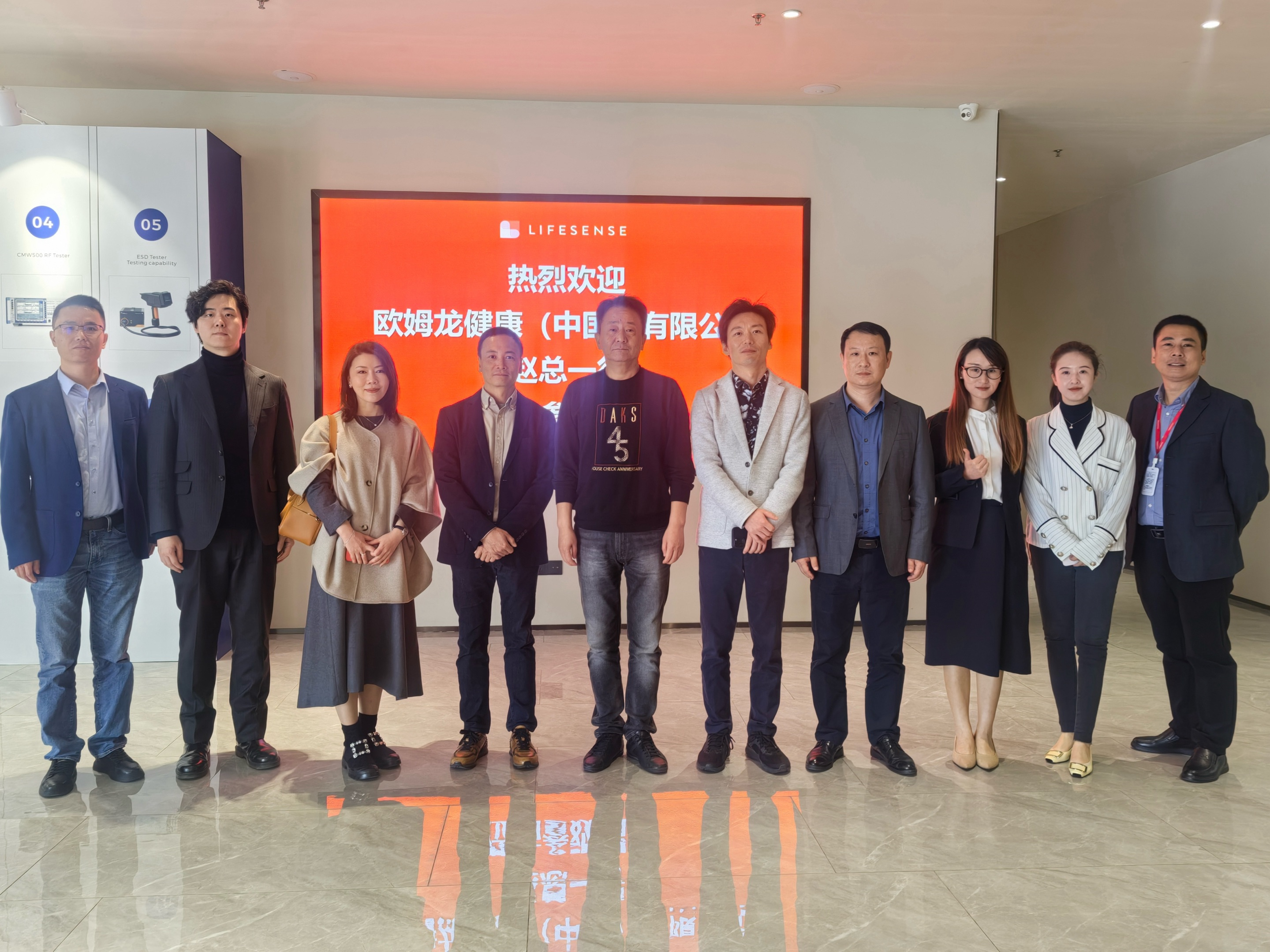Technological Diversity refers to the presence of a broad range of different technologies that are developed and used within a particular area, industry, or ecosystem. This diversity can be characterized by the variety of different technological approaches, methods, and tools that are employed to achieve specific goals or solve particular problems.
One key benefit of technological diversity is that it can foster innovation and creativity by encouraging the exploration of different ideas and approaches. It can also help to reduce the risk of technological lock-in, where a particular technology becomes dominant and limits the ability of competitors or new entrants to gain a foothold.
In addition, a diverse technological landscape can promote collaboration and knowledge sharing among individuals and organizations with different expertise and perspectives. This can lead to the development of more effective and efficient solutions to complex problems.
The emergence of remote medical monitoring
Remote medical monitoring refers to the use of technology to collect and transmit health-related data from patients in real-time to healthcare providers, who can then use that information to make clinical decisions and provide care remotely. The emergence of remote medical monitoring is driven by several factors, including the increasing prevalence of chronic diseases, the need to reduce healthcare costs, and the growing availability of mobile and wearable technology.
Remote medical monitoring can take many forms, including telemedicine, where patients can have virtual appointments with healthcare providers via video conferencing, and remote patient monitoring (RPM), where patients use wearable devices to monitor their vital signs and other health-related data, which is then transmitted to healthcare providers. RPM is particularly useful for patients with chronic conditions, such as diabetes, heart disease, and chronic obstructive pulmonary disease (COPD), who need ongoing monitoring and management of their health.
Remote medical monitoring has several benefits, including improved access to care, reduced healthcare costs, and improved patient outcomes. By using remote monitoring technology, healthcare providers can identify potential health problems early and intervene before they become more serious, which can reduce the need for hospitalizations and emergency room visits.
However, remote medical monitoring also presents several challenges, including ensuring the privacy and security of patient data, integrating remote monitoring technology with existing healthcare systems, and ensuring that patients are able to use the technology effectively.
Diversity of remote monitoring
Remote medical monitoring refers to the use of technology to collect and transmit health-related data from patients in real-time to healthcare providers, who can then use that information to make clinical decisions and provide care remotely. The emergence of remote medical monitoring is driven by several factors, including the increasing prevalence of chronic diseases, the need to reduce healthcare costs, and the growing availability of mobile and wearable technology.
Remote medical monitoring can take many forms, including telemedicine, where patients can have virtual appointments with healthcare providers via video conferencing, and remote patient monitoring (RPM), where patients use wearable devices to monitor their vital signs and other health-related data, which is then transmitted to healthcare providers. RPM is particularly useful for patients with chronic conditions, such as diabetes, heart disease, and chronic obstructive pulmonary disease (COPD), who need ongoing monitoring and management of their health.
Remote medical monitoring has several benefits, including improved access to care, reduced healthcare costs, and improved patient outcomes. By using remote monitoring technology, healthcare providers can identify potential health problems early and intervene before they become more serious, which can reduce the need for hospitalizations and emergency room visits.
However, remote medical monitoring also presents several challenges, including ensuring the privacy and security of patient data, integrating remote monitoring technology with existing healthcare systems, and ensuring that patients are able to use the technology effectively.
Blood Pressure Monitor
Wrist Blood Pressure Monitor
Arm Blood Pressure Monitor






